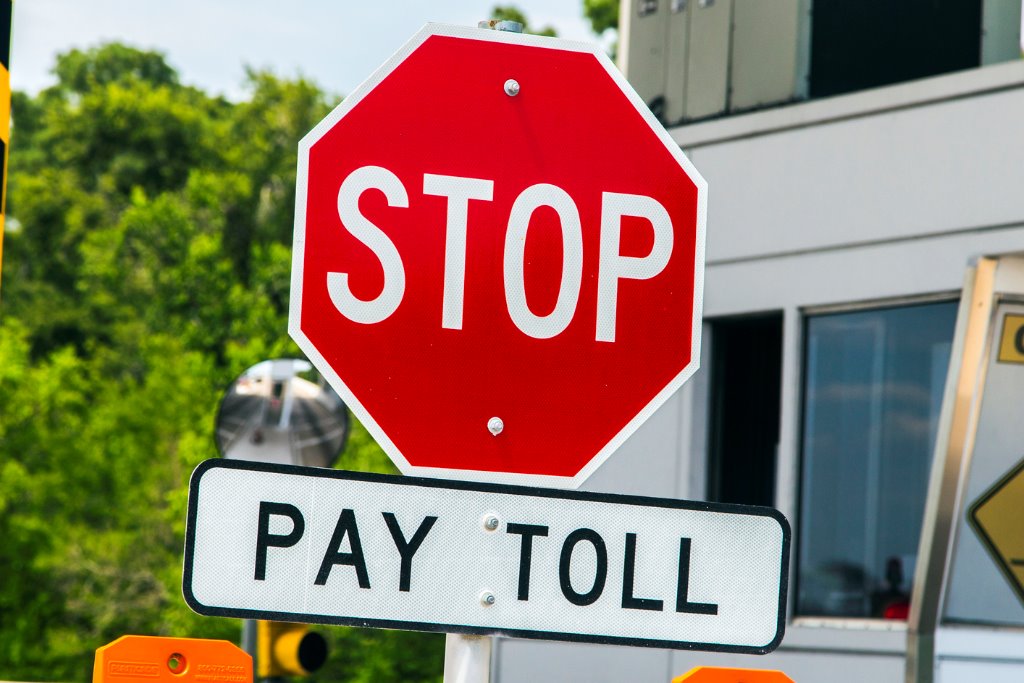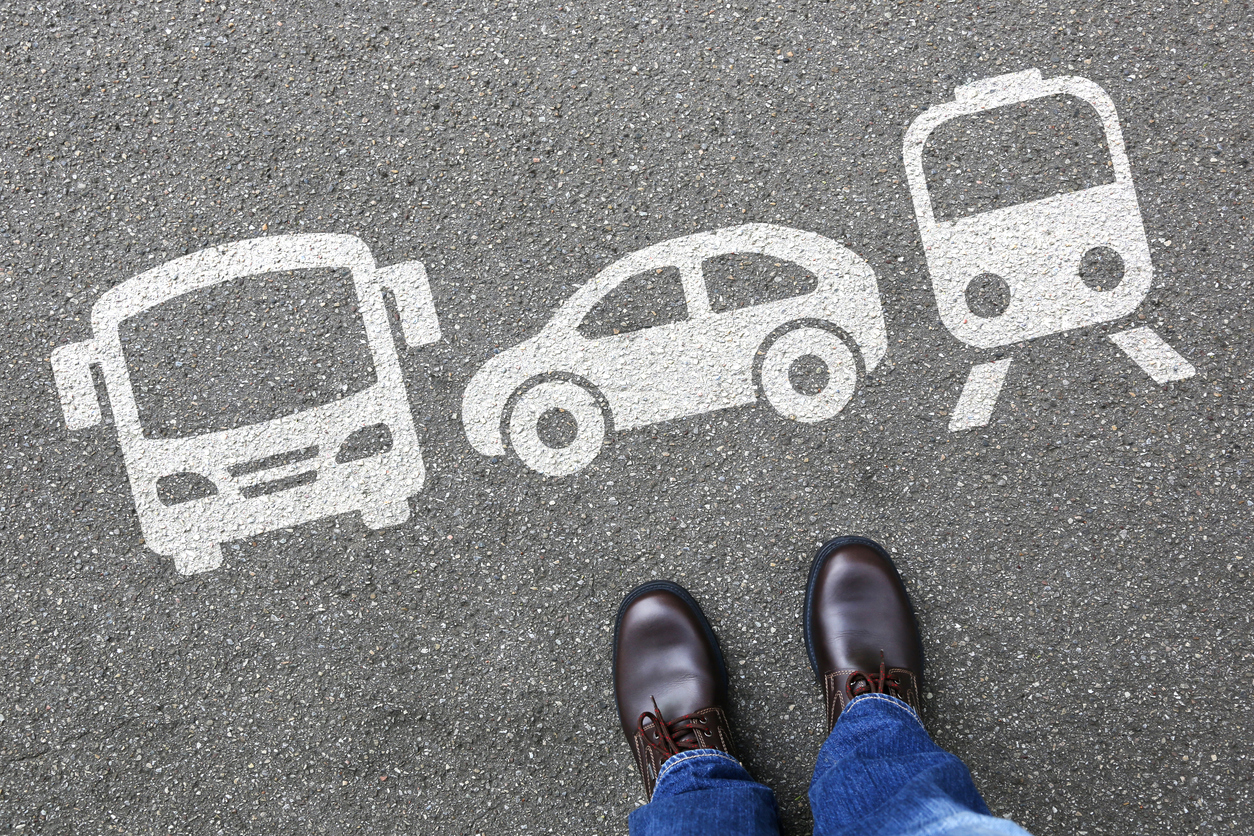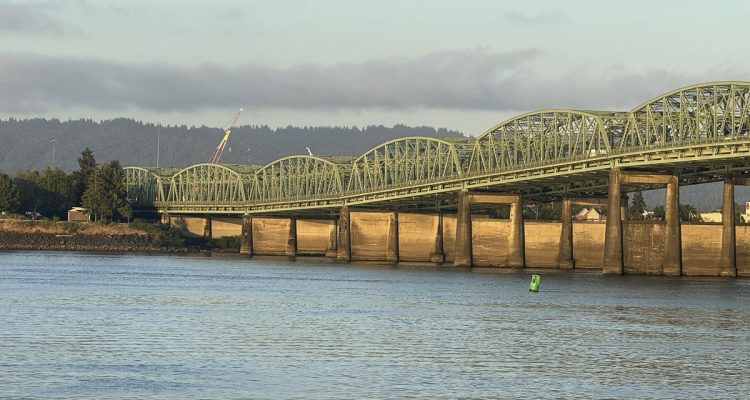![]() Download the full Policy Brief
Download the full Policy Brief
Key Findings
- Current state law requires that two performance measures for I-405 express toll lanes must both be met: the federal speed requirement that lanes must operate at 45 miles per hour at least 90 percent of the time, and that revenues must cover operating costs.
- While state officials are meeting the revenue requirement, they admit the lanes are failing federal and state requirements for speed reliability, which should prompt the termination of the tolls. Instead, WSDOT management has chosen to interpret the law in a way that allows them to keep the toll lanes in place indefinitely.
- WSDOT’s insistence on managing rather than reducing congestion suggests that pricing people out of lanes, rather than improving mobility, is a higher priority.
- The University of Minnesota evaluated the toll lanes and provided recommendations to improve their performance, despite acknowledging that the law calls for their termination.
- Key analysis was omitted from the University of Minnesota’s study regarding alternative lane configurations or an all-general-purpose option, raising questions about the objectivity and integrity of the study.
- Tolling only one lane in each direction on the existing highway could improve speeds in both general-purpose and tolled lanes. This should be coupled with an added performance requirement that each toll lane move a minimum of 1,700 vehicles per lane, per hour.
- Removing toll lanes in either direction on the existing highway and allowing the private sector to build new tolled capacity instead would create a real choice for both drivers who can and cannot afford to pay a toll.
- Officials should reconsider their approach to tolling policy and review alternatives to the toll lanes that prioritize increased mobility and choice for all drivers, rather than a select few.
- Washington Policy Center recommends general guidelines for implementing tolling policy that is fair for everyone (see page 12).
Introduction
In 2002, state officials agreed to an Interstate 405 Master Plan that included approximately 150 roadway improvements to provide congestion relief for the public and to increase speeds on the I-405 corridor. Officials said they would add up to two general-purpose travel lanes in each direction on I-405, as well as bus rapid transit, vanpools, new interchanges, and auxiliary lanes.
In 2003 and 2005, lawmakers raised the state gas tax in two stages by a combined 14.5 cents per gallon to 37.5 cents. With the tax increases, state lawmakers promised to provide the public with one additional general-purpose lane in each direction between Bellevue and State Route 522, in concurrence with the I-405 Master Plan.
But in 2011, lawmakers approved House Bill 1382, imposing tolls on the promised general-purpose lanes and converting the two-person high occupancy vehicle (HOV) lanes to express toll lanes (ETLs).
The HOV restriction, previously allowing free travel for two-person HOVs in the toll lanes, increased to three or more people with a Flex Pass, so that two-person HOVs now had to pay to use the toll lanes during peak hours (5:00 a.m. to 9:00 a.m. and 3:00 p.m. to 7:00 p.m.). State officials said the tolling scheme would benefit all users of the highway – including travelers in the regular lanes.
Additionally, the bill gave the Washington State Transportation Commission (WSTC) authority to set toll policies. The WSTC imposed a minimum toll of 75 cents and a maximum toll of $10, with computers changing toll prices every five minutes based on a number of factors, including revenue targets, use of the toll lanes, and traffic congestion in the adjacent general-purpose lanes.
As structured, raising additional money for the state became a major policy goal of the tolling program.
In September 2015, the Washington State Department of Transportation (WSDOT) began its two-year ETL experiment.
To try to win over the public, in March 2016, the WSTC changed policy to make toll lanes free for everyone on six major federal holidays, on weekends starting at 7:00 p.m. on Friday until 5:00 a.m. on Monday, and on weeknights between 7:00 p.m. and 5:00 a.m..
Additionally, in April 2017, WSDOT officials opened 1.8 miles of hard shoulder running northbound between State Route 527 in Bothell and Interstate 5 in Lynnwood, for limited general-purpose use between 2:00 p.m. and 7:00 p.m. Adding this small amount of general-purpose capacity greatly improved traffic flow in both general-purpose and toll lanes, reducing travel time for all drivers.
Despite the changes, the toll lanes are failing a key requirement in law. Though the trial program ended in September 2017, WSDOT officials have continued to charge drivers to use the lanes. They are fighting to keep the lanes despite the lack of performance. WSDOT officials want to expand their tolling system to other highways across the Puget Sound Region. Maintaining tolls on I-405 is crucial to their expansion wishes, and to their desire to collect more money from the public.
![]() Download the full Policy Brief
Download the full Policy Brief






